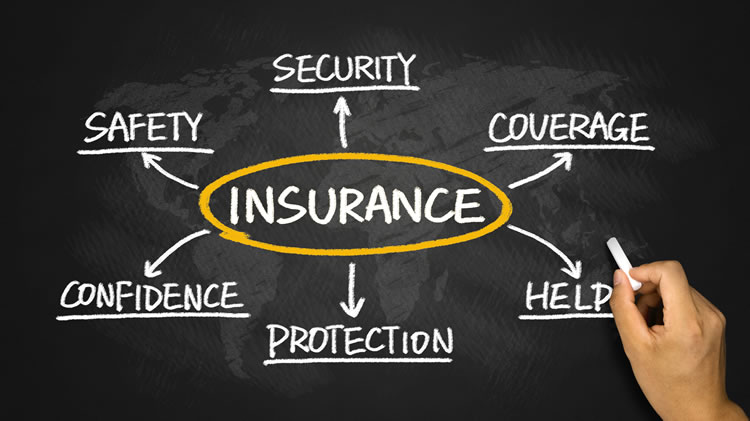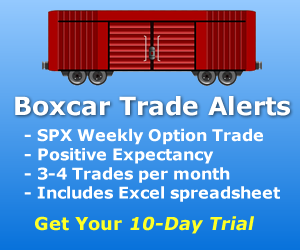You insure your house.
You insure your car.
Do you insure your portfolio and/or your positions?
There are many differences of opinion among traders as to the benefit of insurance on your positions, or your overall portfolio. This article will touch on some of the benefits of purchasing insurance as a hedge to reduce risk to the downside. There are many types and strategies which can be used as insurance such as debit spreads , credit spreads, butterflies, ratio spreads, etc. To keep it simple for our discussion in this article, we are using the purchase of a long put as insurance for your position.
Insurance for your portfolio – or a position – is available using put options. Buying one or more puts can be a limited risk way of protecting your position.
What is a Protective Put?
Puts can make money when the underlying stock goes down. Therefore, when a long put is purchased along with an underlying or a position, it can provide downside protection or insurance. As a buyer of a put, you could limit the risk of stock ownership. Just as with your other insurance policies, your risk is the premium you pay. And like your other insurance policies, you have some protection in place with the intention and hope never to need it.
To purchase a protective put, you must identify the strike price and the expiration date that best suits your needs. This can be as easy as picking a stop-loss point. This usually involves purchasing an out-of-the-money put (a put strike that is below the stock price), which can restrict the potential loss to a size with which you are more comfortable. You can determine possible scenarios of profit and loss by inserting the put into your position and analyzing it in your risk graph.
As options are expiring assets, they are also decaying assets. There is a time value component of the premium price of an option and every day that amount decreases. The decay rate also increases as expiration approaches. Longer-term options, for the most part, decay at slower rates than short-term options, so most investors use longer term puts for protection, and sell them before the decay rate increases dramatically (usually in the last 30 to 45 days). Another tactic many traders use is just to leave the insurance in place for the duration of the trade. The cost of doing this is the same as insurance on your house or your car, the premium itself.
Why should I purchase put insurance at the time of trade entry?
Put insurance, even when purchased very far out of the money, can be surprisingly helpful in a disastrous overnight gap down. Sometimes buying insurance at the point of position entry can be most helpful because when markets fall, they sometimes fall hard, creating a spike in volatility. Waiting until the gap occurs may be too late to purchase puts for insurance at a reasonable price, making them too expensive to do you much good.
Regardless of whether you choose to insure your positions/portfolio, the following quote puts it all in perspective and is worth reviewing from time to time regardless of your trading experience:
Trading rule 2: Execute your losing trades immediately upon the perception that they exist.
By predefining and cutting your losses short, you are making yourself available to learn the best possible way to let your profits grow.”
In summary, insurance means different things to different traders. If the position or positions you are trading are small enough where you can afford to lose everything in your trade, you may not want to use insurance. Your reason for buying a protective put may be to protect realized profits you may have in an existing trade. Another reason you to buy put insurance may be to protect your position against a catastrophic loss, as well as give you time to either adjust or exit in a less stressful manner than without any insurance.
As you can see, there are many reasons you may decide to buy some insurance. Your tolerance for risk can be a decisive factor in your decision to buy insurance. When you are comfortable with your position, it can help to make proper decisions when the market moves in or out of favor affecting your position profit and loss. When your emotions and fear are contained, it can lead you to be a consistently profitable trader. For many creating less stress clears the mind and allows for better trading decisions.
How do you use insurance on your positions or portfolio? Feel free to comment.


